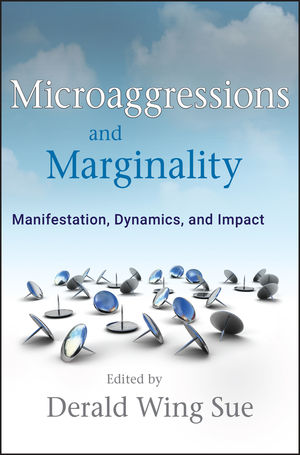The Tapestry of Walter White’s Contradictions [Book Review]Posted in Articles, Book/Video Reviews, Identity Development/Psychology, Law, Media Archive, United States on 2010-08-30 21:11Z by Steven |
The Tapestry of Walter White’s Contradictions [Book Review]
Sewanee Review
Volume 118, Number 3, Summer 2010
pages lxxxii-lxxxiv
E-ISSN: 1934-421X
Print ISSN: 0037-3052
Sanford Pinsker, Emeritus Professor of English
Franklin and Marshall College, Lancaster, Pennsylvania
Tom Dyja. “Walter White: The Dilemma of Black identity in America”. The Library of African American Biography. Lanham, Maryland: Ivan R. Dee Publishsers, 2008. 224 pp.. (hardcover). ISBN1-56663-766-X / 978-1-56663-766-4.
In the early stages of his campaign for the presidency, many blacks regarded Barack Obama as too “white”; later many whites regarded him as too “black.” To his credit the biracial Obama presented himself as a mainstream American—and, more than that, as an exemplar of the postracial age. He did not play the race card although others, alas, did. No doubt there are still many folks, most of them over sixty, who are as ignorant, as mean-spirited, and as prejudiced as were their forefathers. Racial identity, always complicated, always contentious, is a current that alternates between how people are defined by others and how they define themselves.
The now nearly forgotten Walter White (1893–1955) belongs to an earlier time when lynching was commonplace in the Jim Crow South, and when the National Association for the Advancement of Colored People spent much of its time trying to get federal antilynching laws passed. Because White was fair-skinned—and had blond hair and blue eyes to boot—he could not only “pass” for white, but also play the trickster in the bargain: White would amble into a small southern town, posing as an insurance salesman (which he had, in fact, been for the black-owned Standard Life Insurance Company) and engage the locals in conversation about a recent local lynching. For their part the rednecks were happy to oblige, often bragging about what had occurred in bloodcurdling…
Read or purchase the review here.


